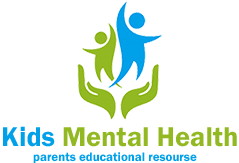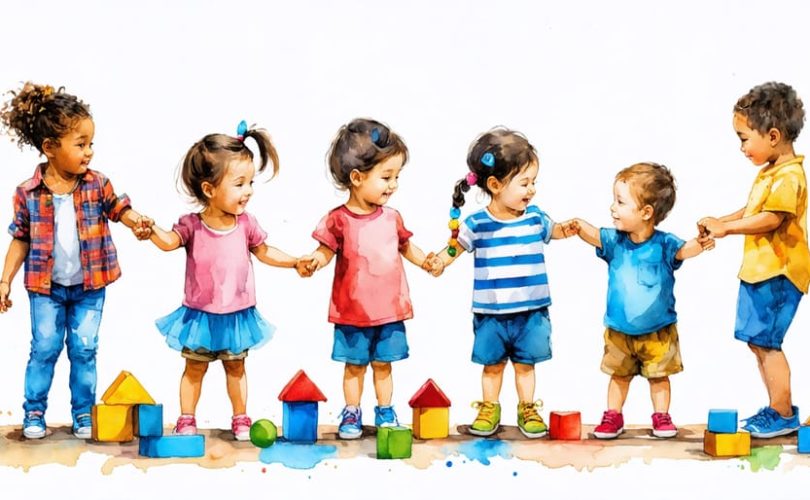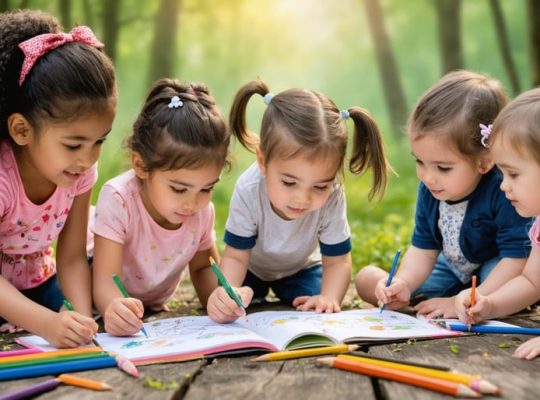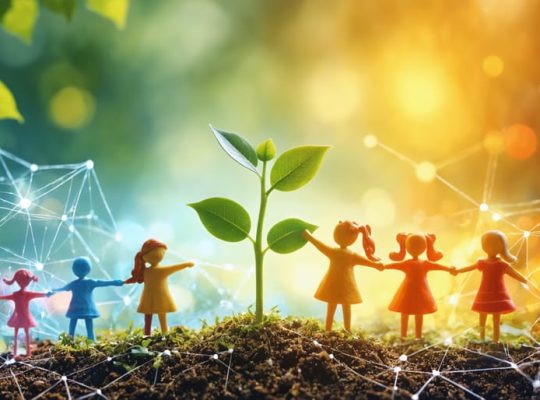Peer relationships shape the foundation of how children develop their sense of self, social skills, and emotional strength in children. These vital connections, formed between individuals of similar age, developmental level, or social status, serve as crucial building blocks for lifelong social development and psychological well-being. Unlike family relationships, peer interactions provide unique opportunities for children to navigate social hierarchies, develop empathy, and learn cooperation on equal footing.
From playground friendships to classroom collaborations, these relationships create safe spaces where children can experiment with different social roles, develop conflict resolution skills, and build their identity through mutual understanding and shared experiences. Research consistently shows that positive peer relationships during childhood and adolescence correlate strongly with better mental health outcomes, improved academic performance, and stronger social competence in adulthood.
Understanding peer relationships helps parents and educators create supportive environments where children can develop healthy social connections and build lasting friendships that contribute to their overall development.
What Are Peer Relationships?
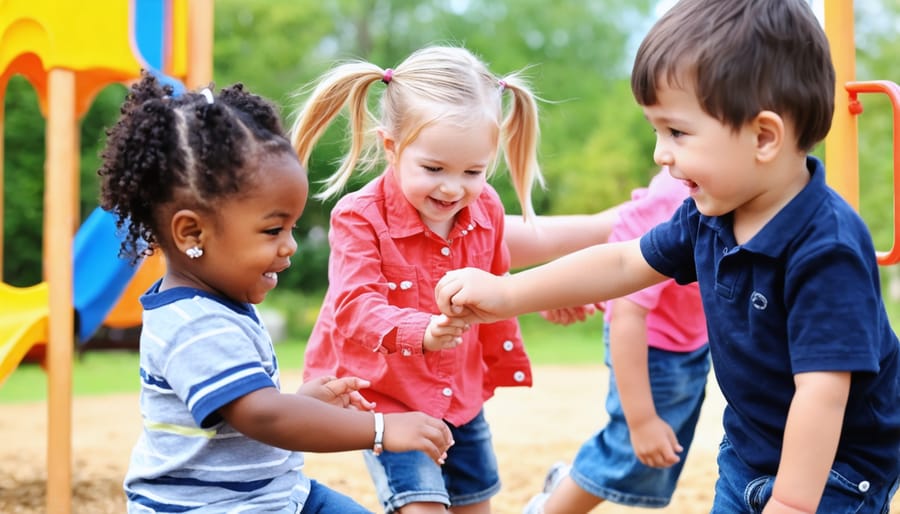
Types of Peer Relationships
Peer relationships typically fall into several distinct categories, each playing a unique role in a child’s social development. Close friendships form the core of peer relationships, characterized by deep emotional bonds, trust, and mutual understanding. These relationships often develop between children who share similar interests, values, or experiences.
Acquaintances represent a more casual form of peer relationships, where children interact regularly but maintain less emotional involvement. These connections might include classmates or teammates who engage in friendly interactions without the deeper commitment of close friendship.
Group dynamics constitute another important type of peer relationship, where children navigate social hierarchies and learn to function within larger social units. This might include friend groups at school, sports teams, or activity clubs. Dr. Sarah Chen, a child development specialist, notes, “Group interactions help children develop crucial social skills like cooperation, compromise, and leadership.”
We also see the emergence of digital peer relationships in today’s connected world, where children form and maintain friendships through online platforms and social media. While different from traditional face-to-face relationships, these connections can be meaningful and supportive when properly managed.
Developmental Stages of Peer Relationships
Peer relationships evolve significantly as children grow, with each developmental stage bringing new social skills and relationship dynamics. In early childhood (ages 2-5), children engage primarily in parallel play, working alongside rather than with their peers. They’re learning basic social concepts like sharing and taking turns.
During middle childhood (ages 6-11), friendships become more complex and meaningful. Children begin forming closer bonds, understanding loyalty, and developing the capacity for empathy. This is when they start creating their own social circles and learning to navigate group dynamics.
The transition to adolescence (ages 12-18) marks a crucial shift in peer relationships. Teenagers place increased importance on peer acceptance and belonging. Their friendships become more intimate, involving deeper emotional sharing and mutual support. During this stage, peer groups significantly influence behavior, values, and identity formation.
As Dr. Sarah Thompson, child psychologist, notes, “Each stage builds upon the previous one, helping children develop increasingly sophisticated social skills and emotional intelligence.” Understanding these developmental stages helps parents and educators provide appropriate support and guidance as children navigate their social world.
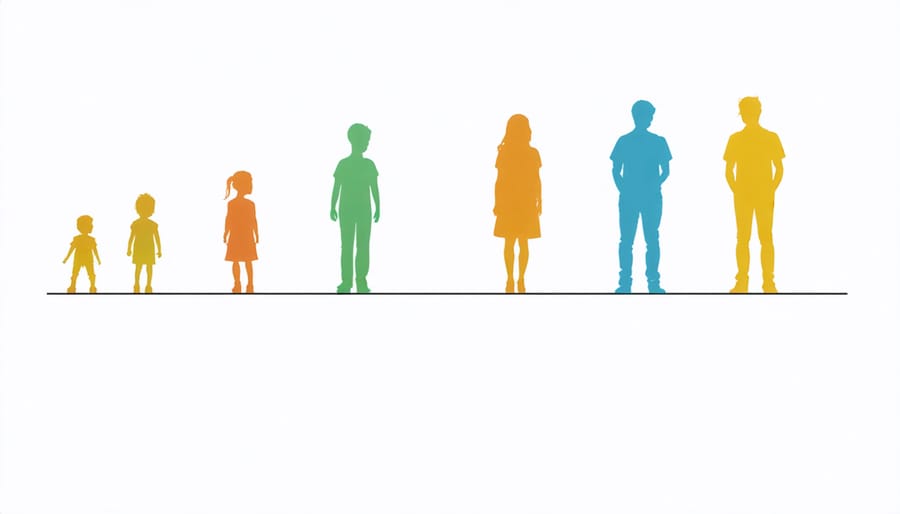
The Building Blocks of Healthy Peer Relationships
Trust and Reciprocity
Trust and reciprocity form the bedrock of healthy peer relationships, developing gradually through shared experiences and mutual understanding. When children interact with peers, they learn the delicate balance of giving and receiving – whether it’s sharing toys, keeping secrets, or offering emotional support. This two-way exchange helps build confidence and teaches valuable social skills.
As Dr. Sarah Thompson, a child development expert, explains, “When children experience reliable and consistent interactions with peers, they develop the ability to trust others and become trustworthy themselves.” This process involves taking small risks, like sharing personal stories or asking for help, and experiencing positive responses that reinforce their trust.
The reciprocal nature of peer relationships teaches children that friendships require both parties to contribute. Through daily interactions, they learn that maintaining relationships involves compromise, respect, and mutual support – essential skills that lay the foundation for future social connections.
Social Skills and Communication
To build healthy peer relationships, children need to develop several key social and communication skills. Active listening, showing empathy, and taking turns in conversations help children connect meaningfully with their peers. The ability to read social cues and body language allows them to understand others’ feelings and respond appropriately.
Children also need to learn conflict resolution skills, such as compromising and expressing their feelings respectfully. Sharing, cooperation, and following group rules are essential for participating in group activities and maintaining friendships. Basic conversation skills, like asking questions and showing interest in others, help children initiate and sustain peer interactions.
Parents and educators can support these skills through modeling, guided practice, and creating opportunities for positive peer interactions. Role-playing exercises and social stories can help children practice these skills in a safe, supportive environment.
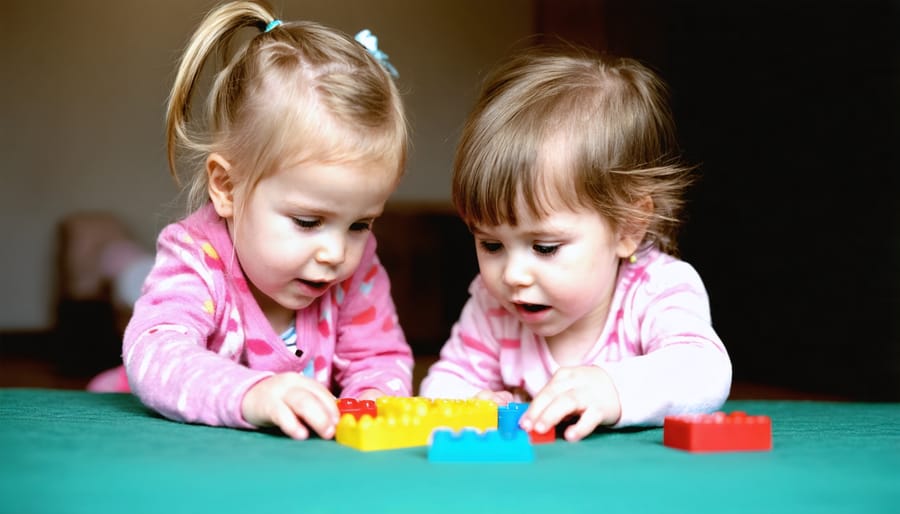
Emotional Support and Understanding
Peer relationships thrive on emotional connections that go beyond casual interactions. When children experience emotional support from peers, they develop crucial emotional intelligence and coping skills. These bonds create safe spaces where children can share their feelings, concerns, and experiences without fear of judgment.
Understanding and empathy form the foundation of meaningful peer relationships. When children connect emotionally with their peers, they learn to recognize and respond to others’ feelings, developing compassion and social awareness. This emotional reciprocity helps them build trust, validate each other’s experiences, and create lasting friendships that contribute to their emotional well-being.
Through these supportive connections, children learn they’re not alone in their struggles and celebrations, fostering a sense of belonging and emotional security that’s essential for healthy development.
How Peer Relationships Impact Identity Formation
Social Comparison and Self-Image
During childhood and adolescence, children actively shape their self-image through interactions with their peers. This process of social comparison plays a crucial role in how they understand themselves and their place in the world. As children engage with friends and classmates, they naturally begin to evaluate their abilities, appearances, and social skills in relation to others.
Research shows that friendship’s impact on self-image can be profound and long-lasting. When children receive positive feedback and acceptance from their peers, they typically develop stronger self-esteem and confidence. Conversely, negative peer experiences may lead to self-doubt and anxiety about social situations.
Children often use their peer relationships as mirrors, reflecting on how others respond to them and adjusting their behavior accordingly. They learn about their strengths and areas for growth through these interactions, whether it’s discovering they’re good at making others laugh or realizing they need to work on sharing.
This social comparison process isn’t always straightforward. Some children might feel pressure to conform to peer expectations, while others might struggle to find their place within their social group. Parents and educators can help by encouraging healthy peer relationships while also teaching children to value their unique qualities and maintain their sense of individuality.
Through supportive guidance and positive peer experiences, children can develop a balanced self-image that acknowledges both their similarities to and differences from their peers.
Values and Behavioral Development
Peer relationships play a crucial role in shaping children’s values and behavioral choices during their developmental years. Through interactions with friends and classmates, children learn to navigate social norms, develop moral reasoning, and make decisions about their own conduct.
Dr. Sarah Thompson, a child development specialist, notes, “Children often look to their peers as behavioral models, especially during the elementary and teenage years. They learn what’s acceptable, what’s cool, and what behaviors might lead to social inclusion or exclusion.”
Peers influence behavior through both direct and indirect means. Direct influence occurs through explicit pressure or encouragement, while indirect influence happens through observation and social learning. For example, a child might choose to join a sports team because their friends are athletes, or develop an interest in reading because their peer group values academic achievement.
Values development is particularly sensitive to peer influence. Children may adopt certain beliefs about fairness, loyalty, and friendship based on their peer group experiences. Positive peer relationships can foster prosocial behaviors like sharing, empathy, and cooperation. However, it’s important to recognize that peer influence isn’t always positive – some children might face pressure to engage in risky or inappropriate behaviors.
Parents and educators can help guide children by maintaining open communication about peer influences and helping them develop strong decision-making skills while maintaining their individual values and identity.
Understanding peer relationships is a crucial part of supporting your child’s social and emotional development. As we’ve explored throughout this article, these connections play a vital role in shaping identity, building social skills, and fostering emotional well-being.
Remember that every child’s journey with peer relationships is unique. Some children may form strong friendships easily, while others might need more time and support to develop these connections. Both scenarios are perfectly normal and part of the beautiful diversity of human development.
As parents and caregivers, your role is to provide guidance, understanding, and a safe space for your child to navigate their social world. Stay involved, but allow room for independence. Celebrate their friendship successes and help them learn from challenging interactions.
If you notice your child struggling with peer relationships, don’t hesitate to seek support from teachers, school counselors, or mental health professionals. With patience, understanding, and the right support, every child can develop meaningful peer relationships that contribute to their healthy development and lasting happiness.
You’re already taking an important step by learning about this crucial aspect of your child’s development. Trust your instincts, stay connected, and remember that you’re not alone in this journey.
